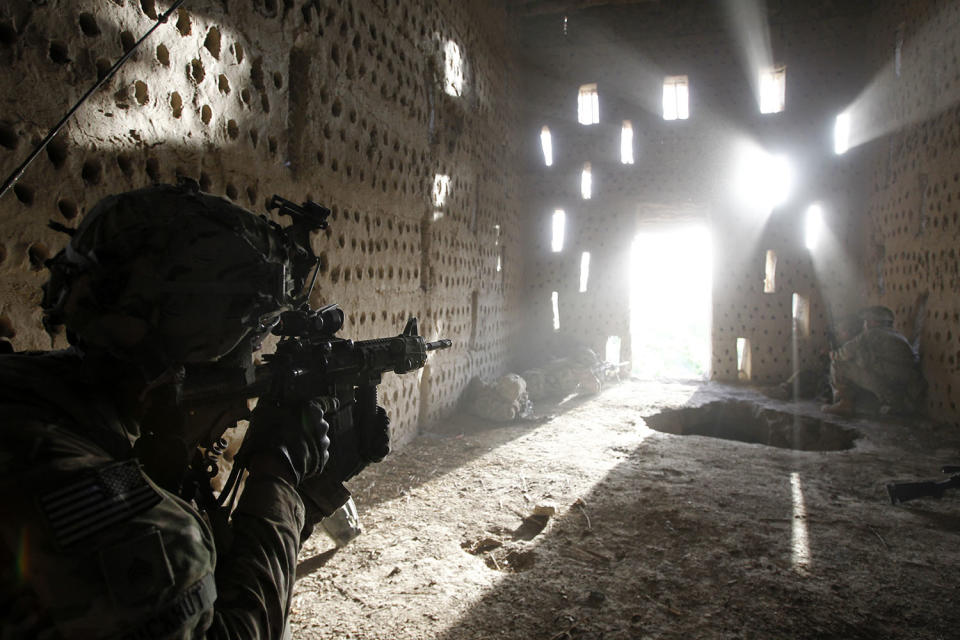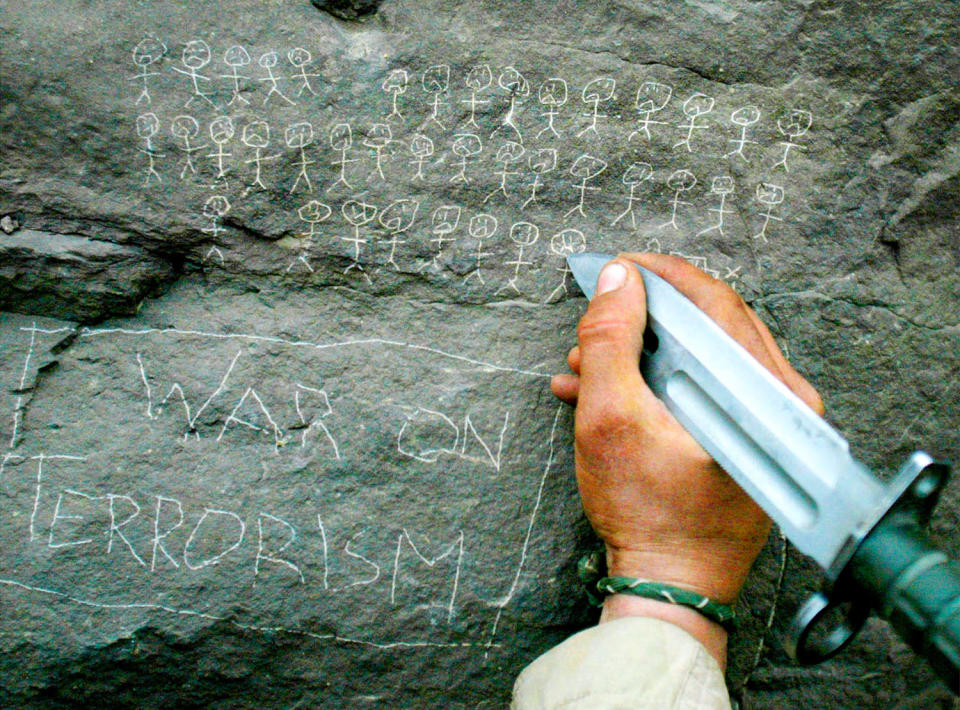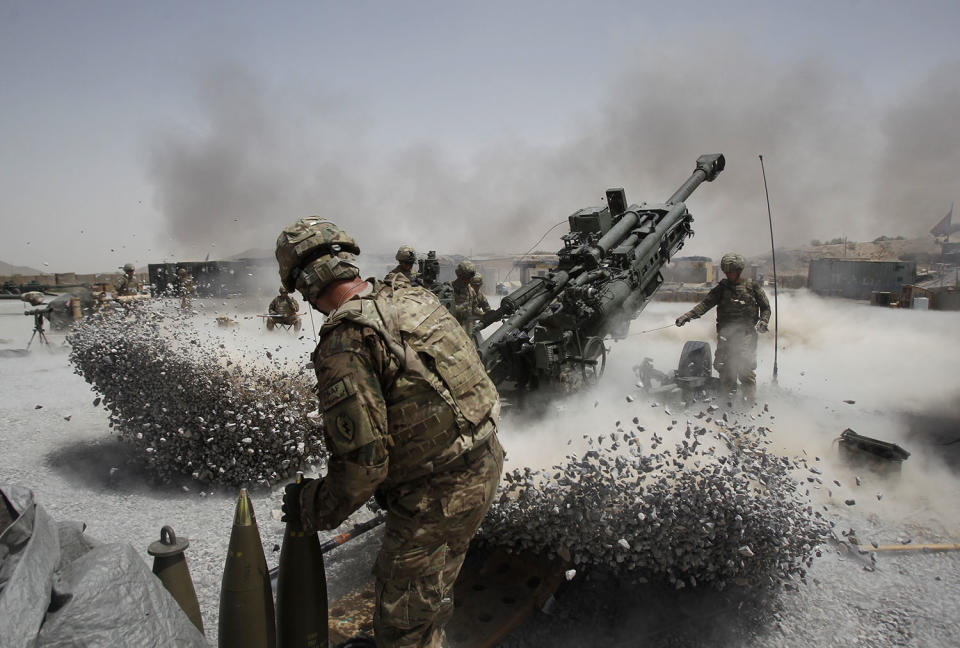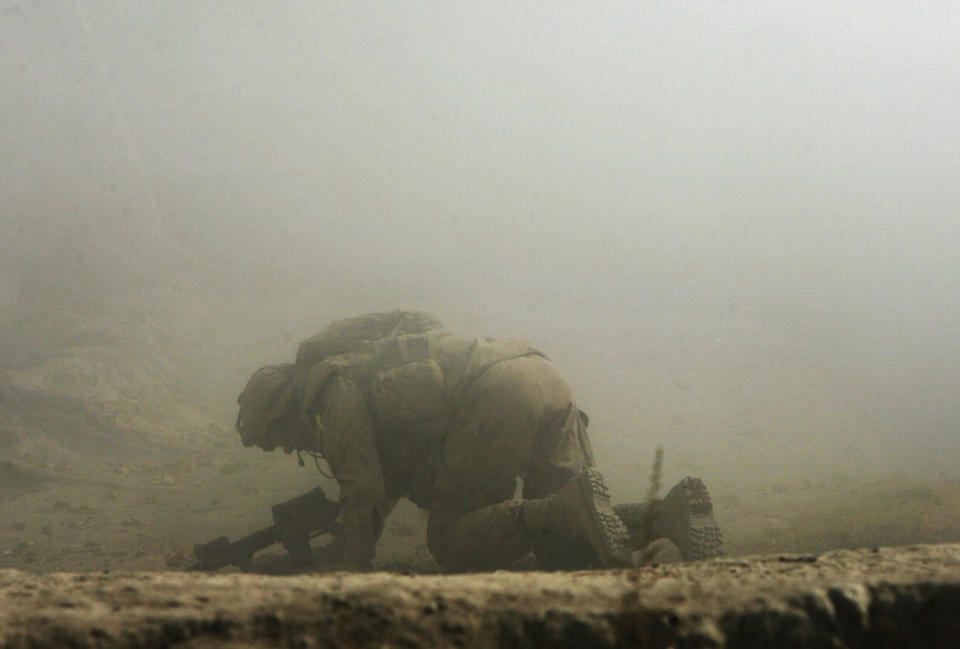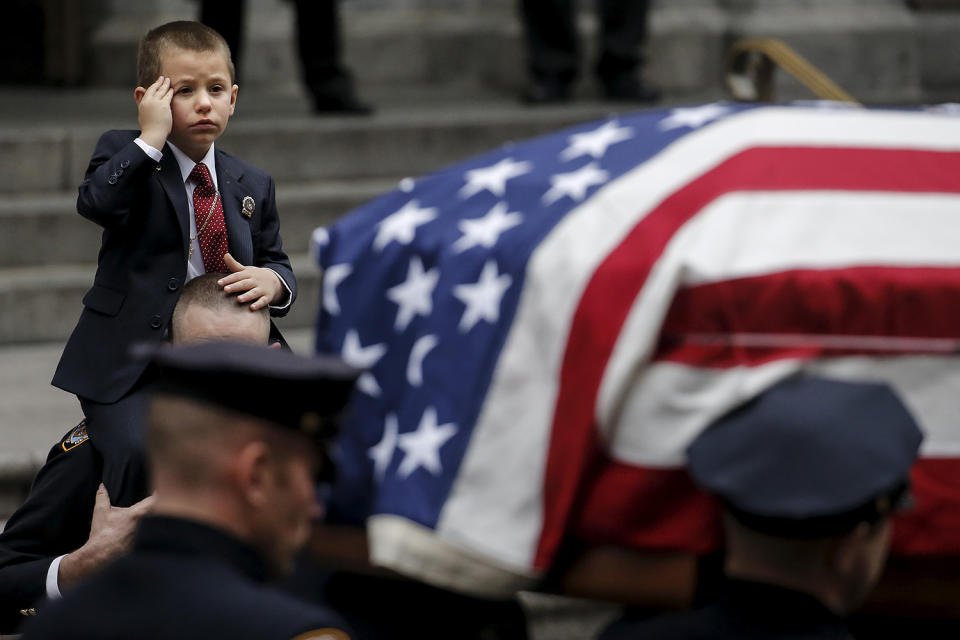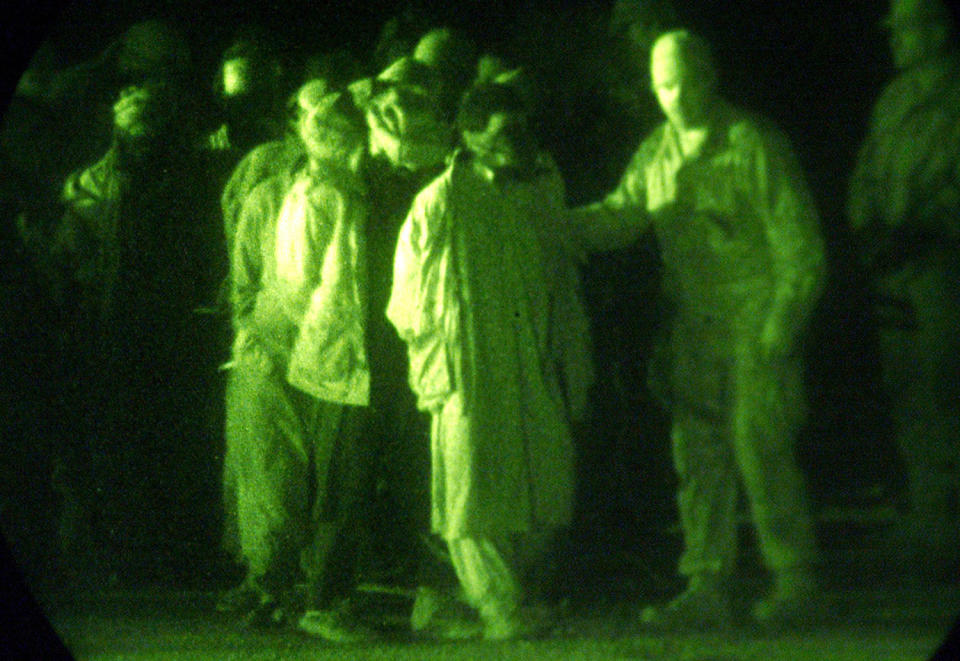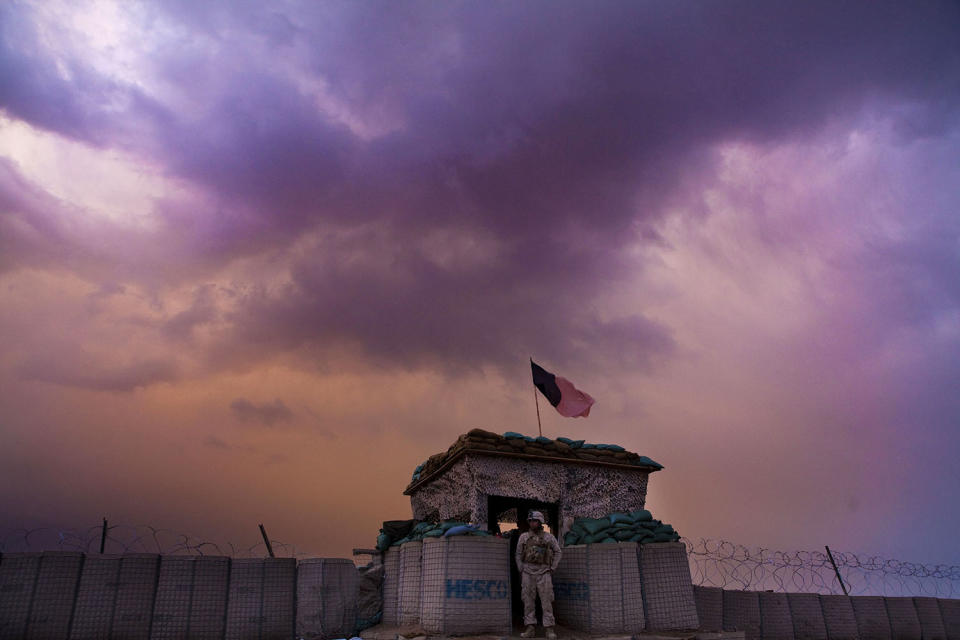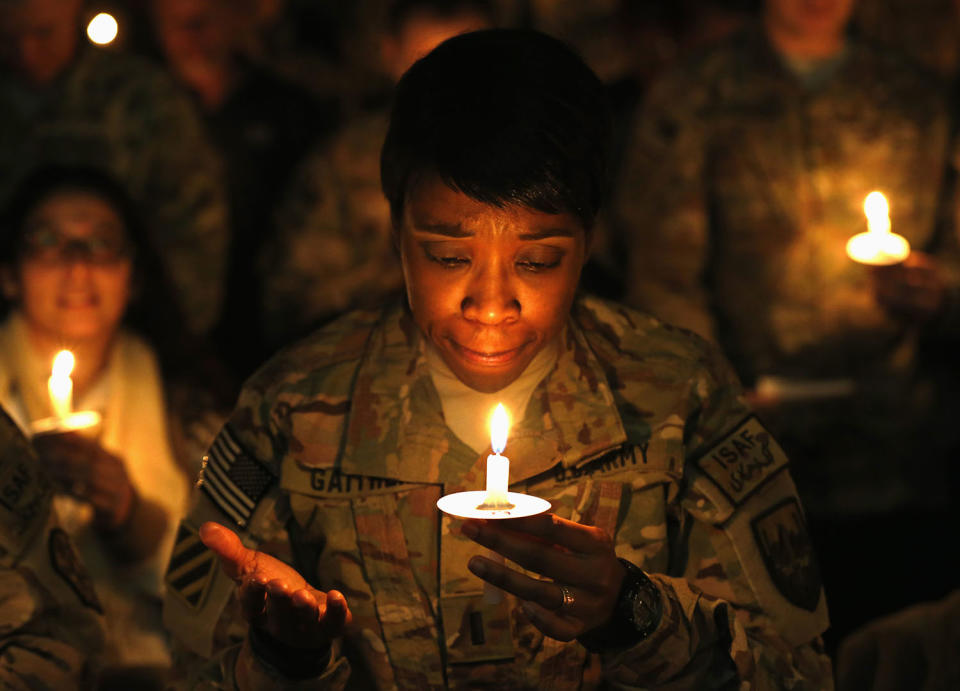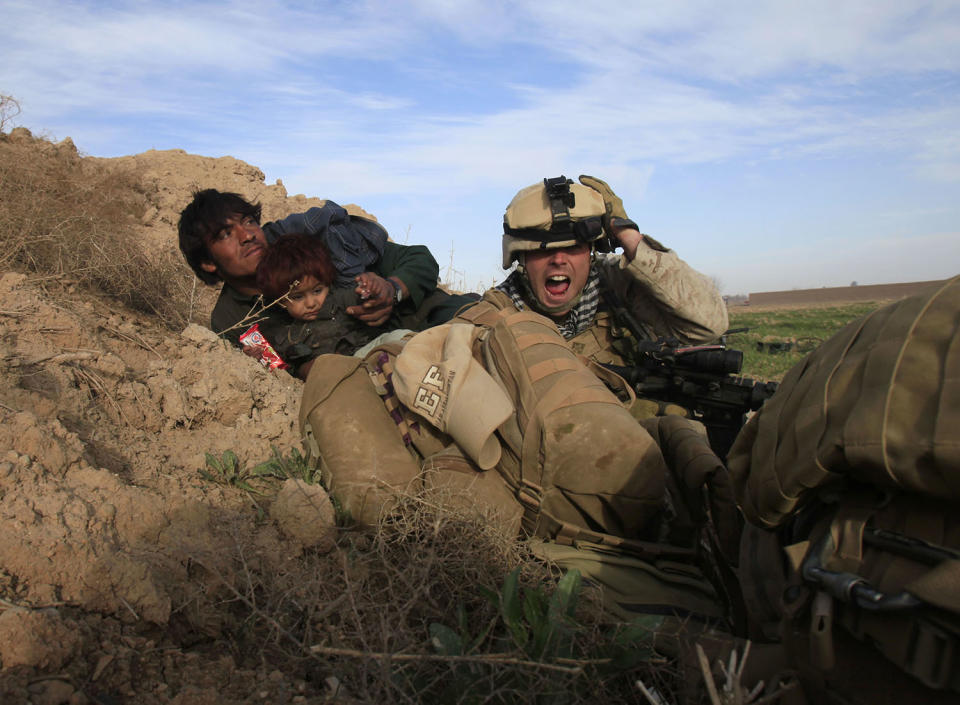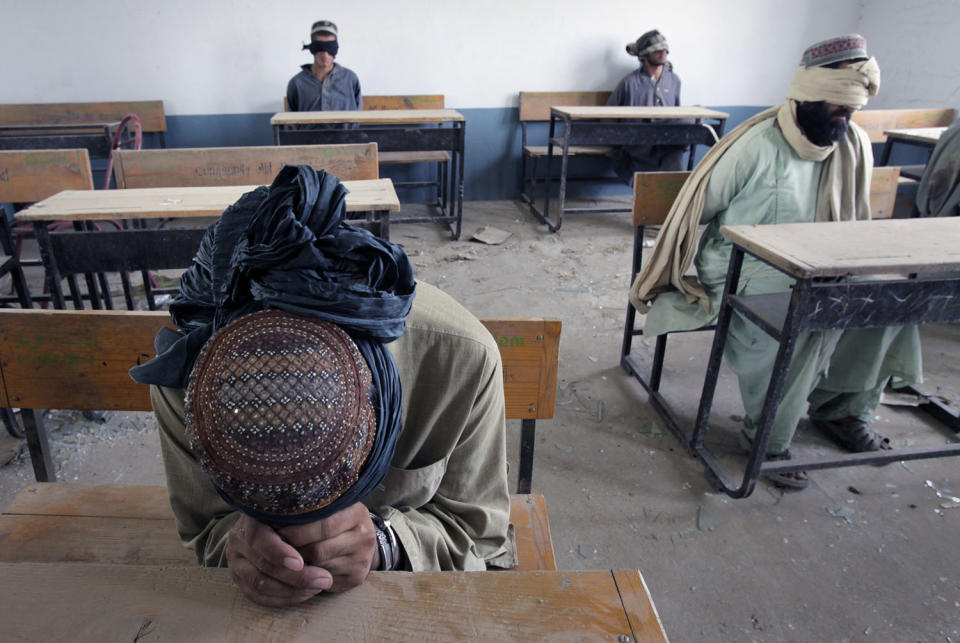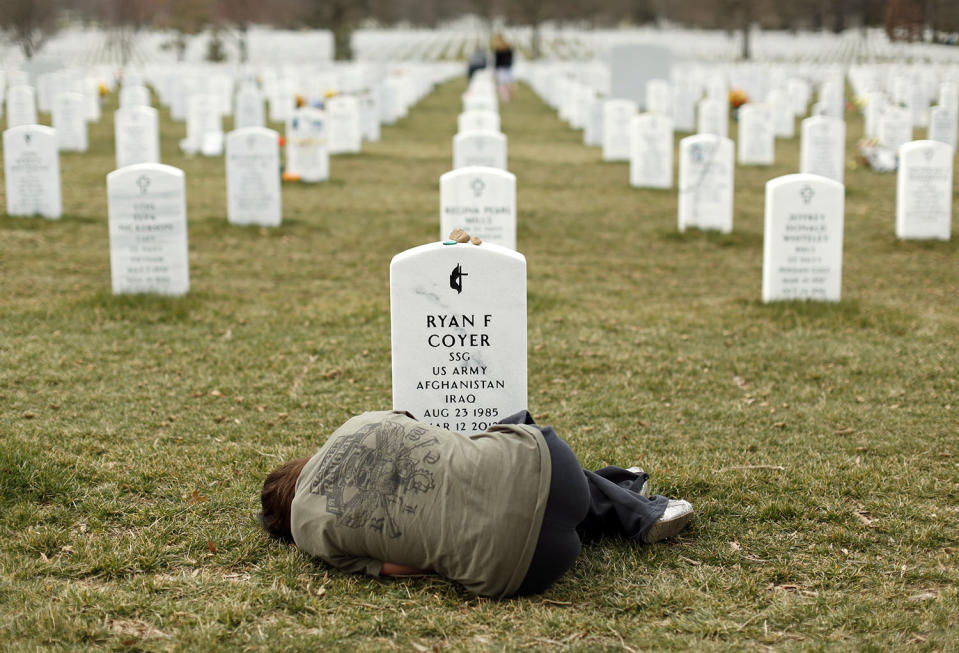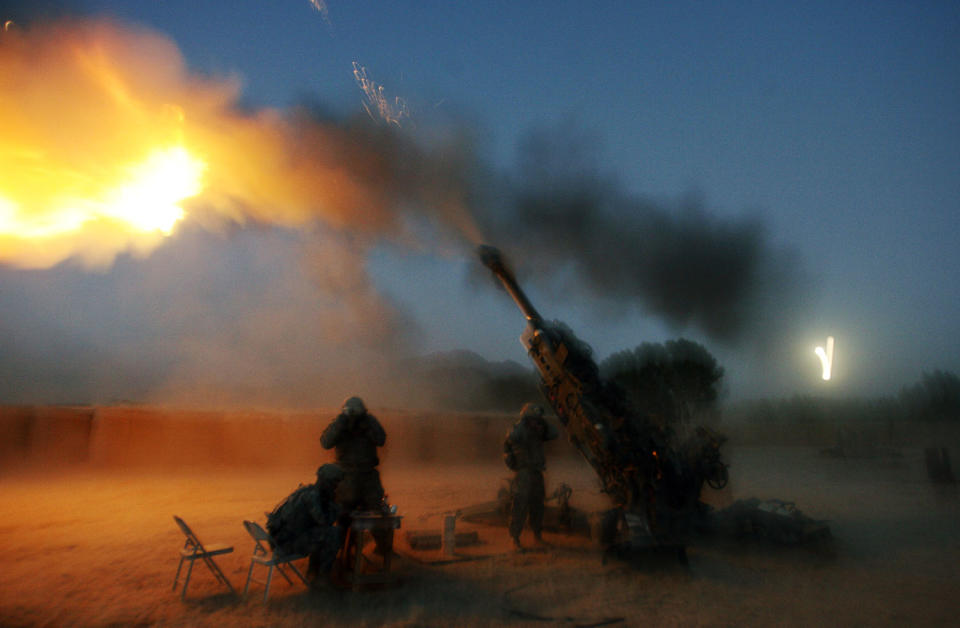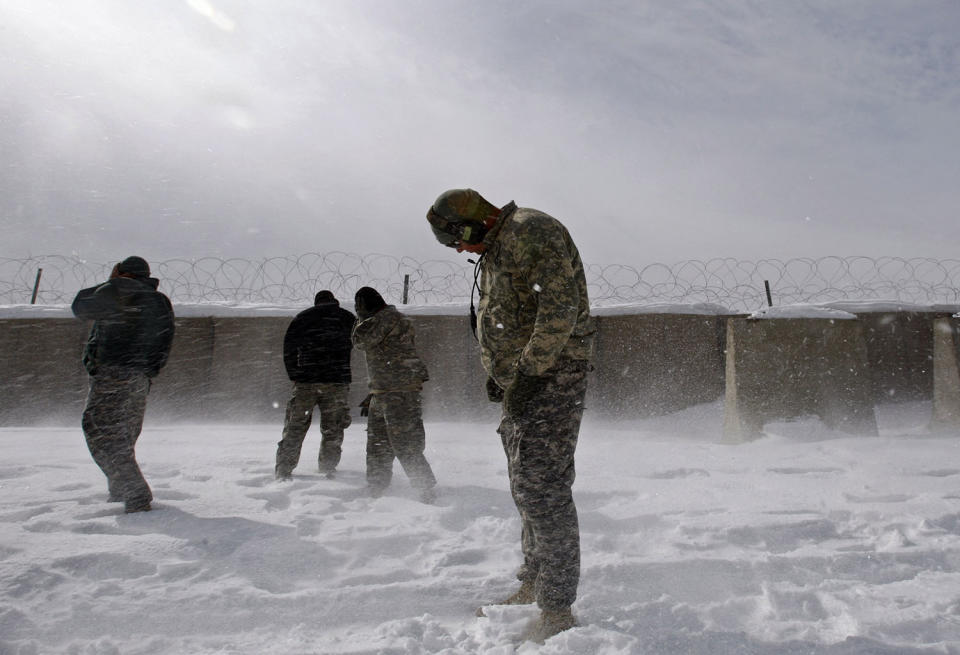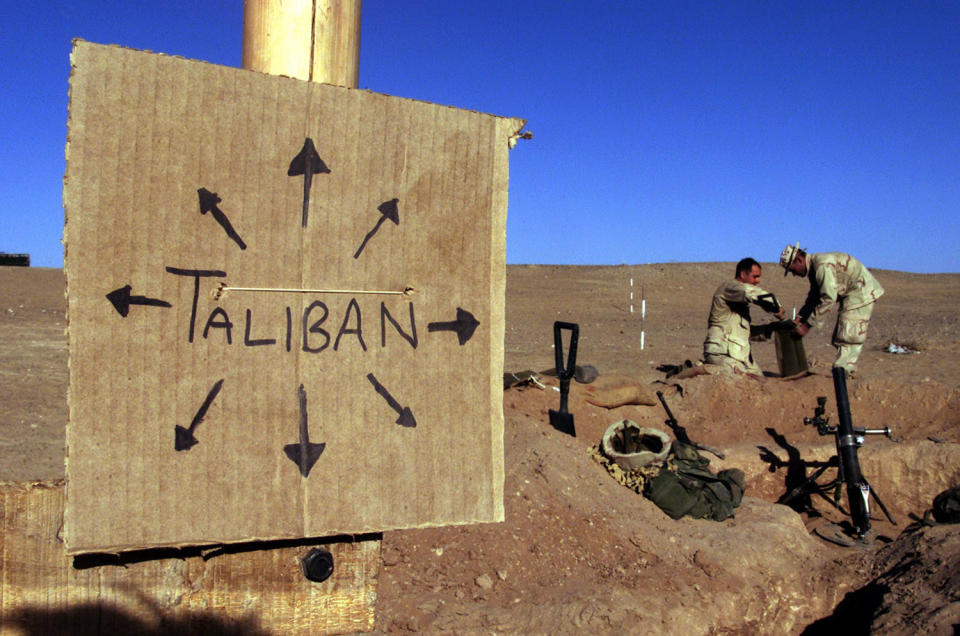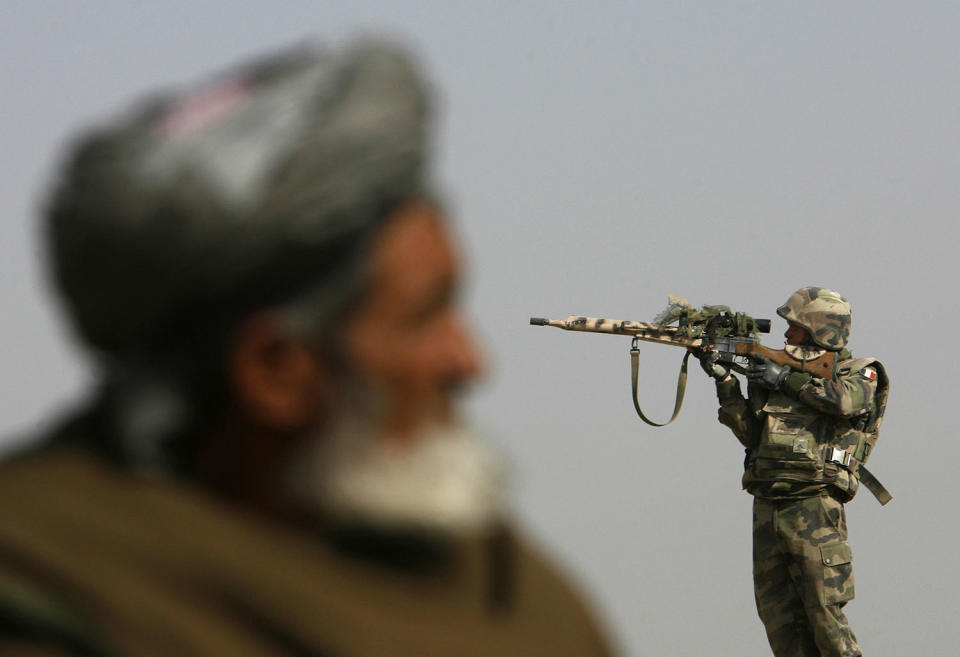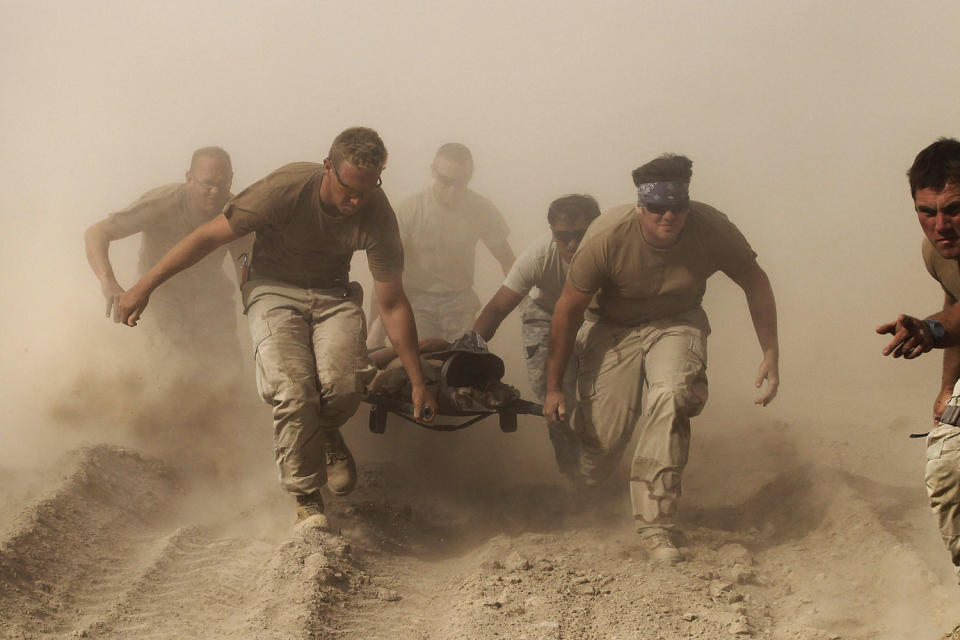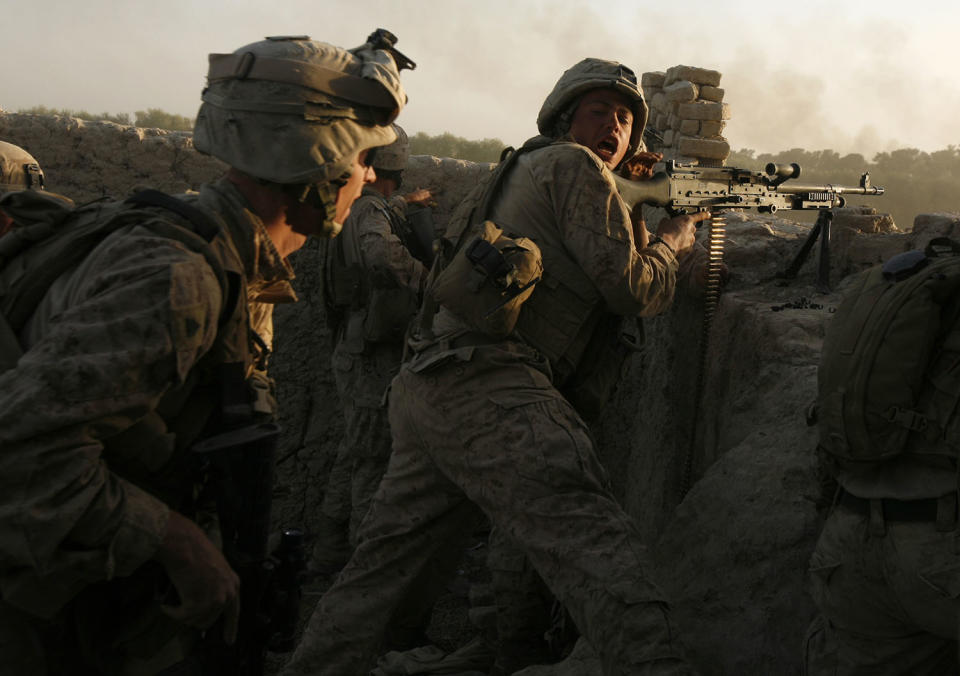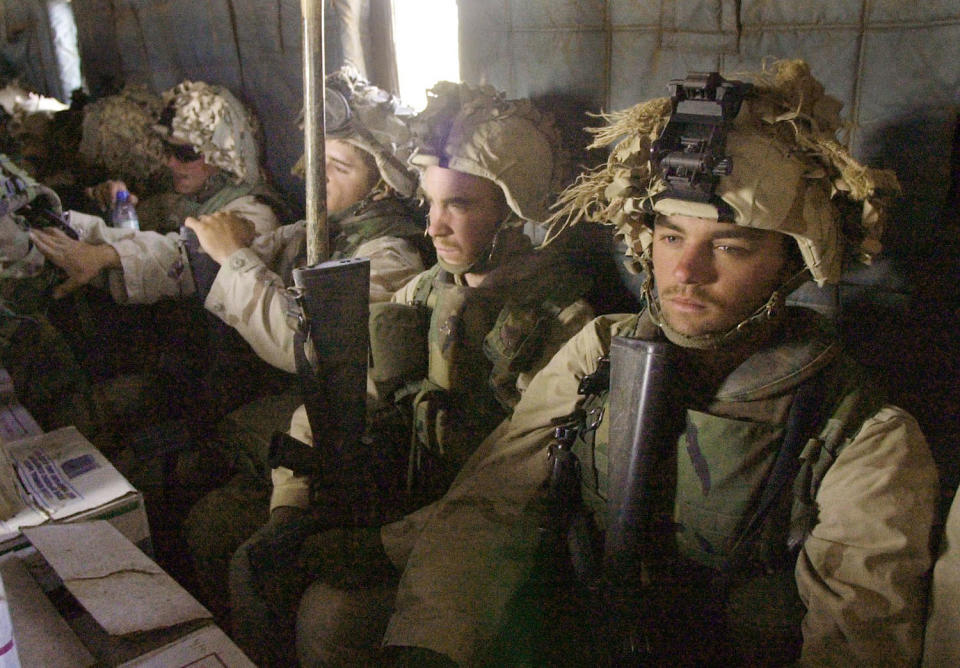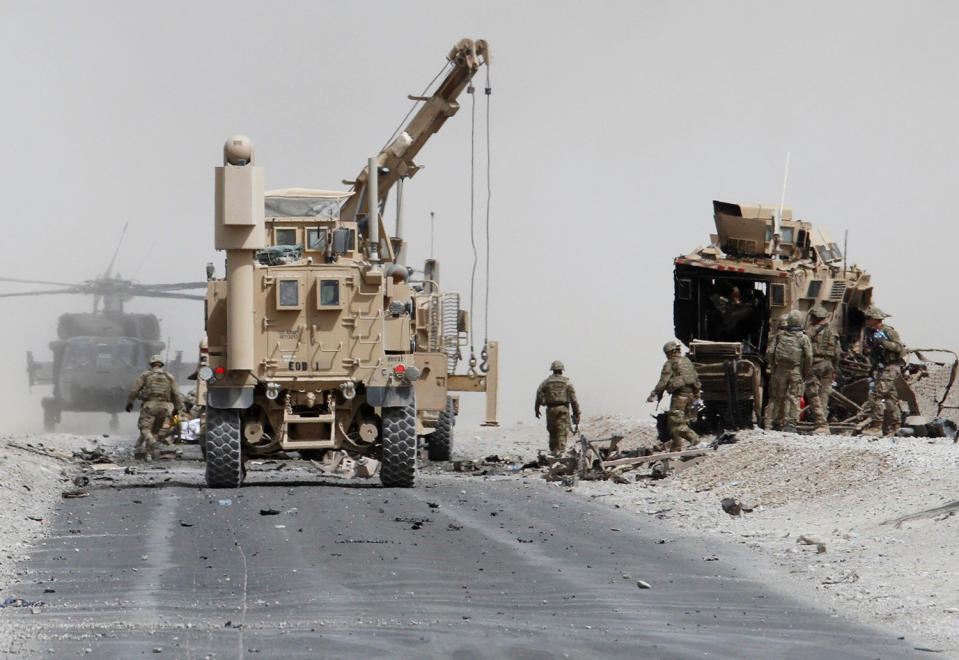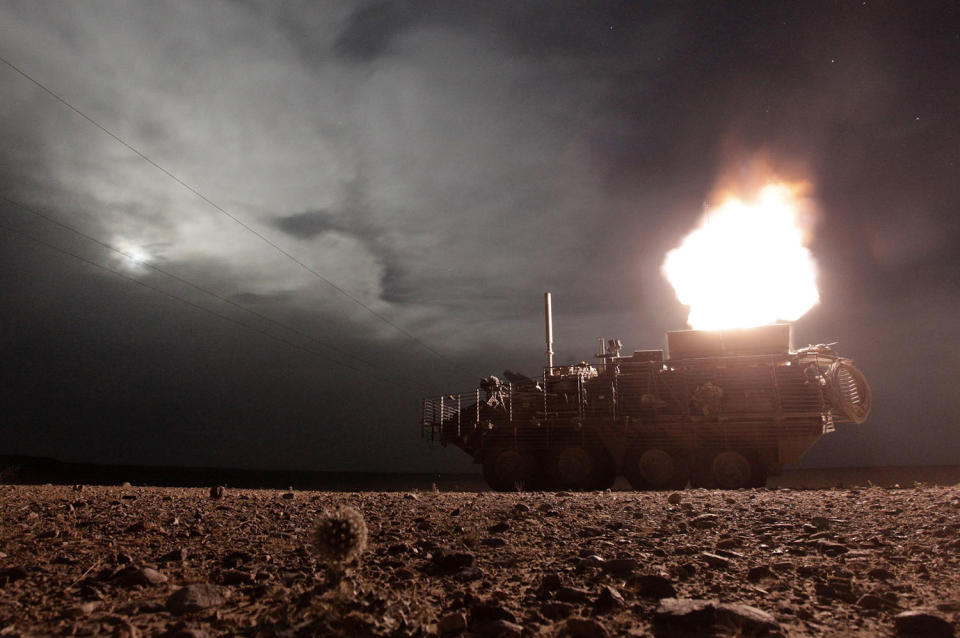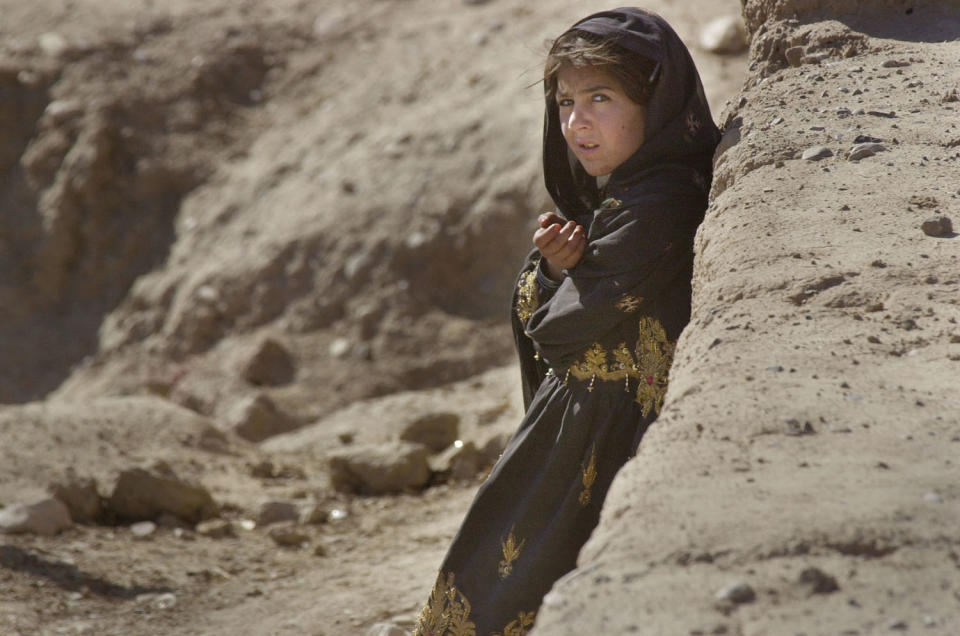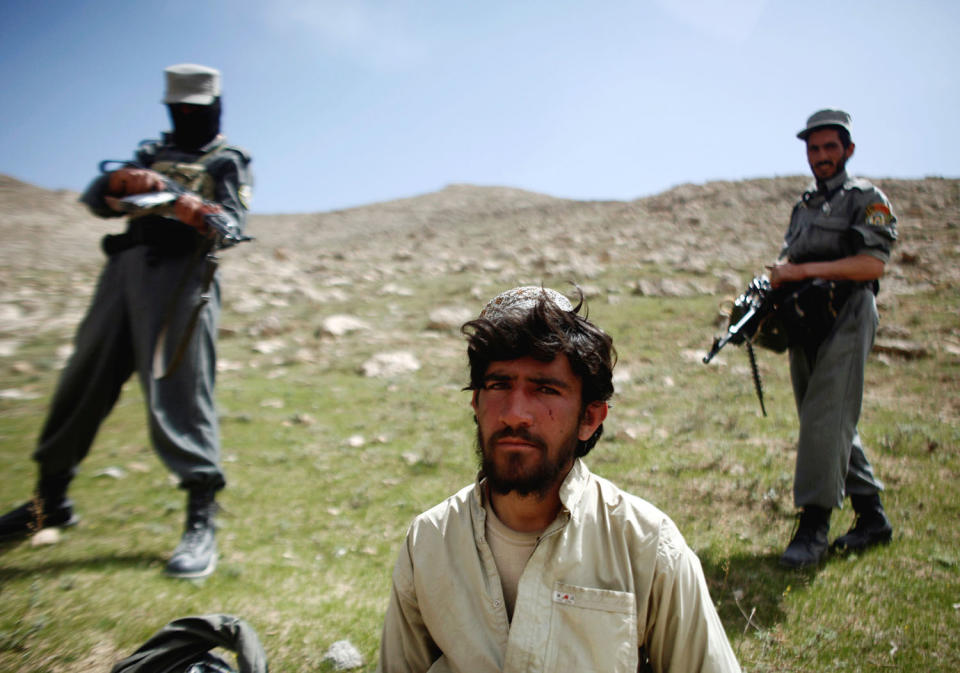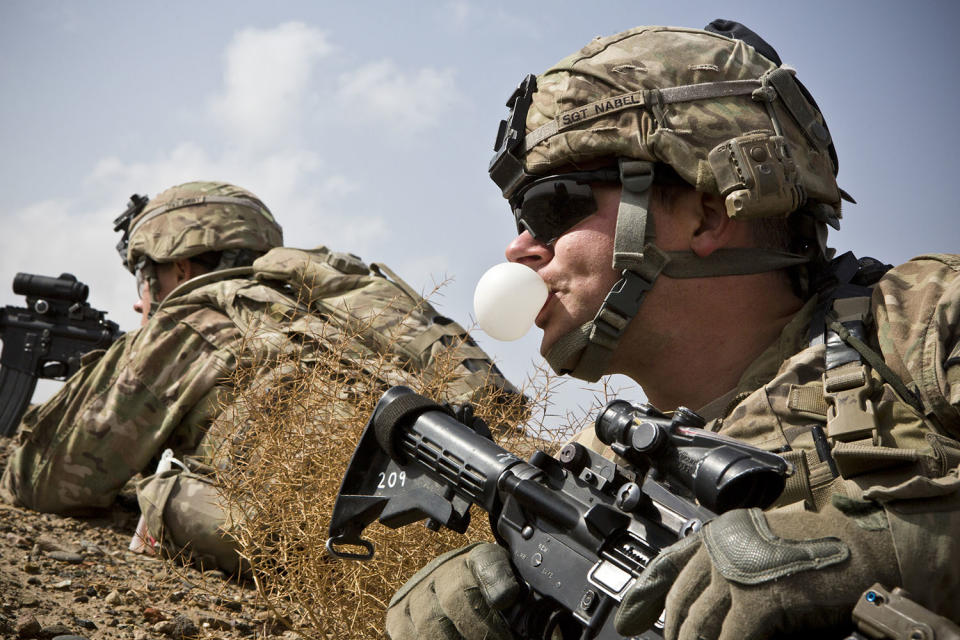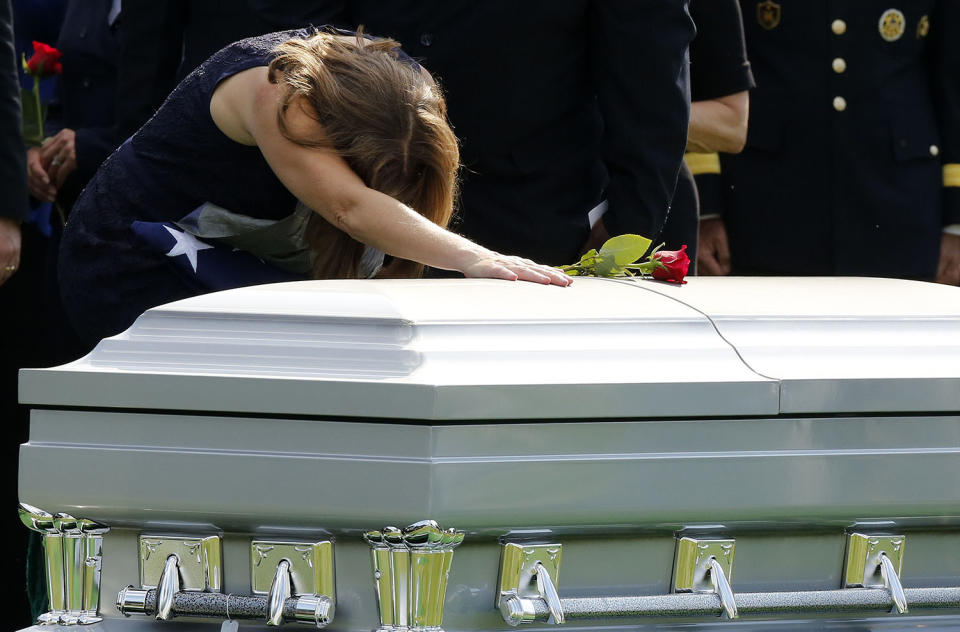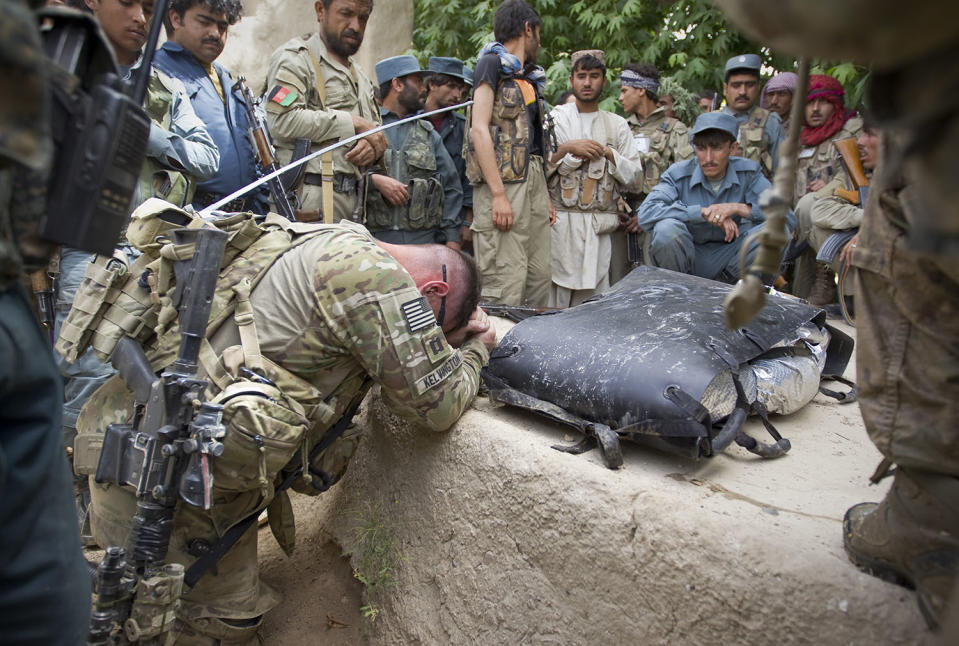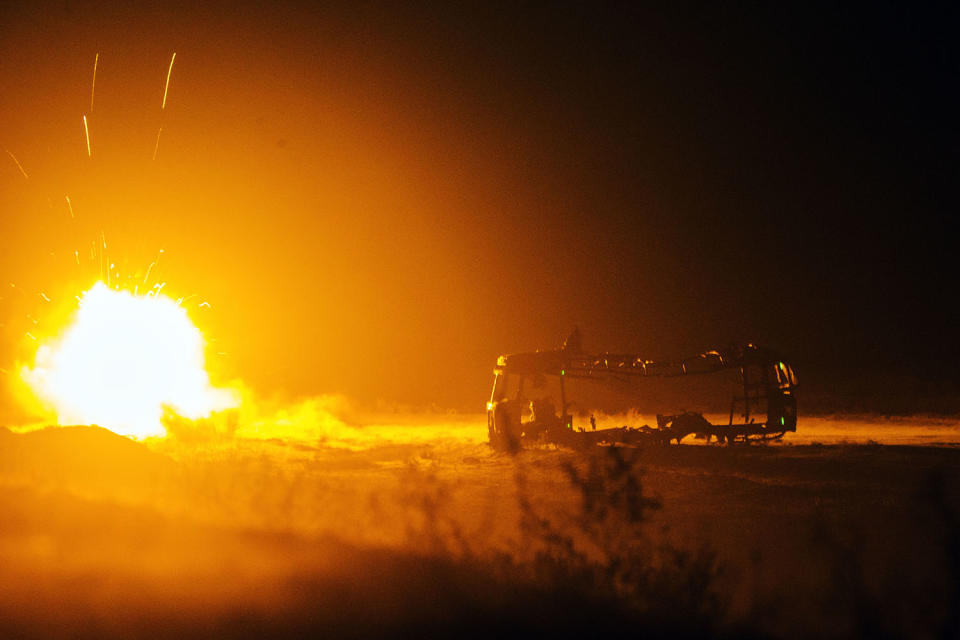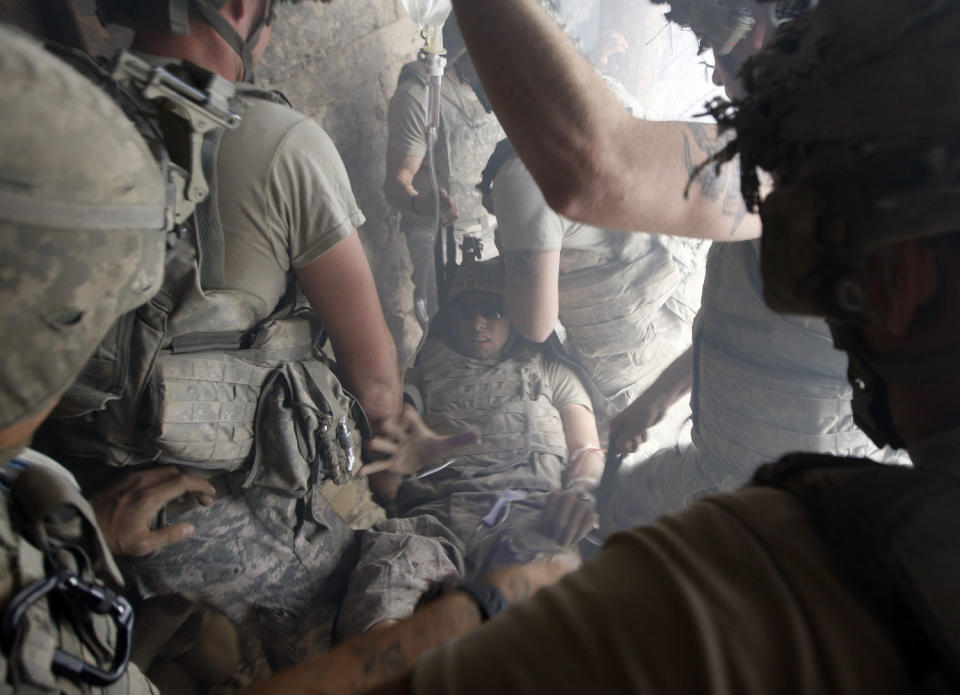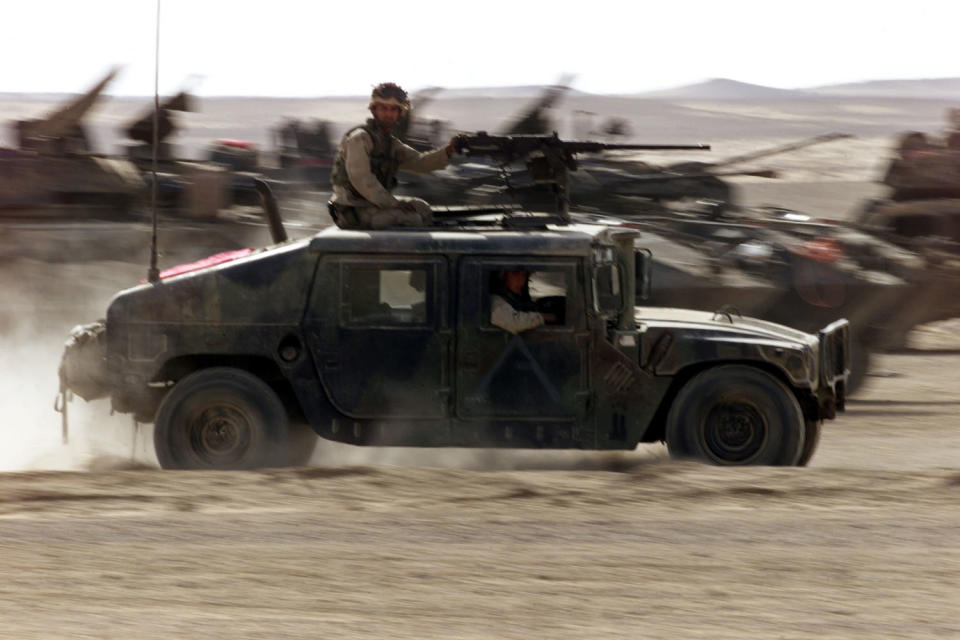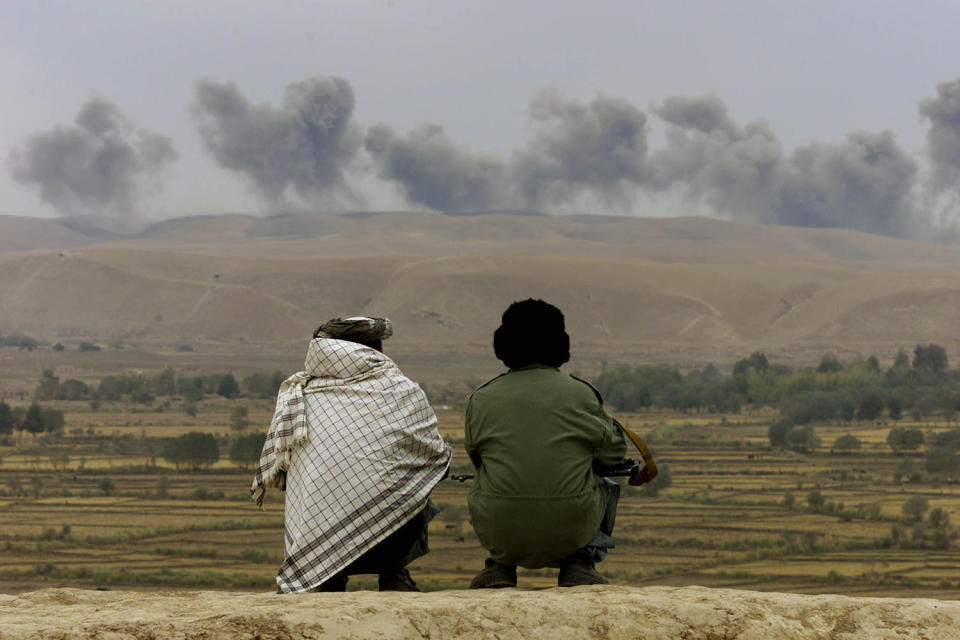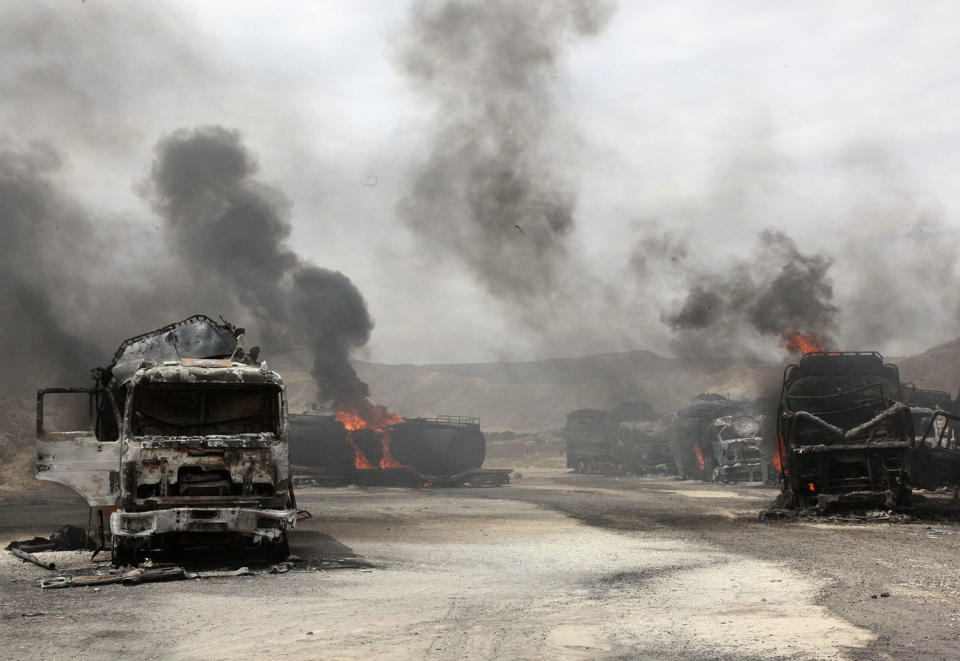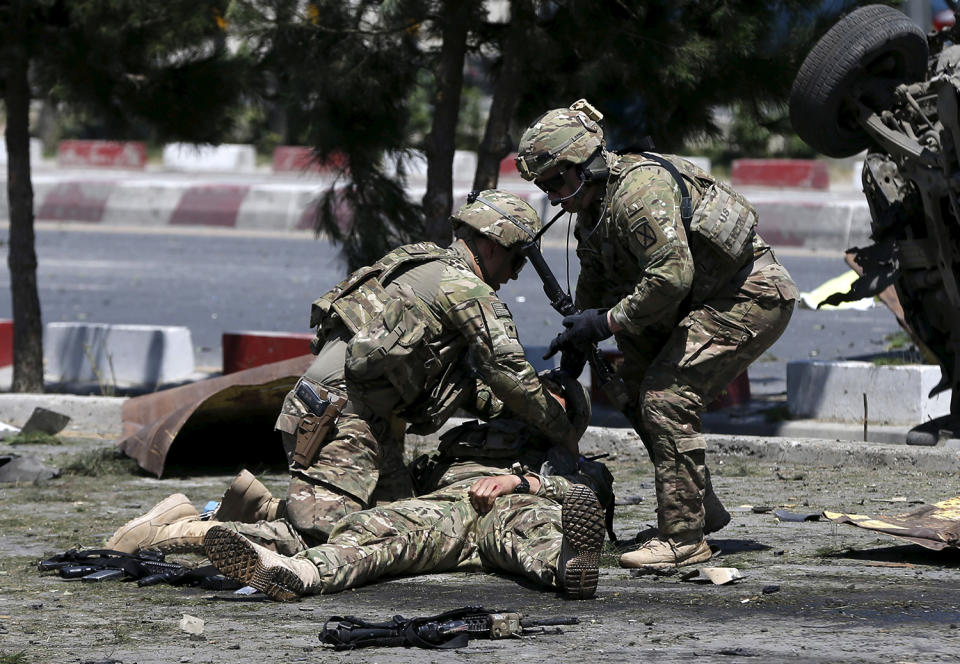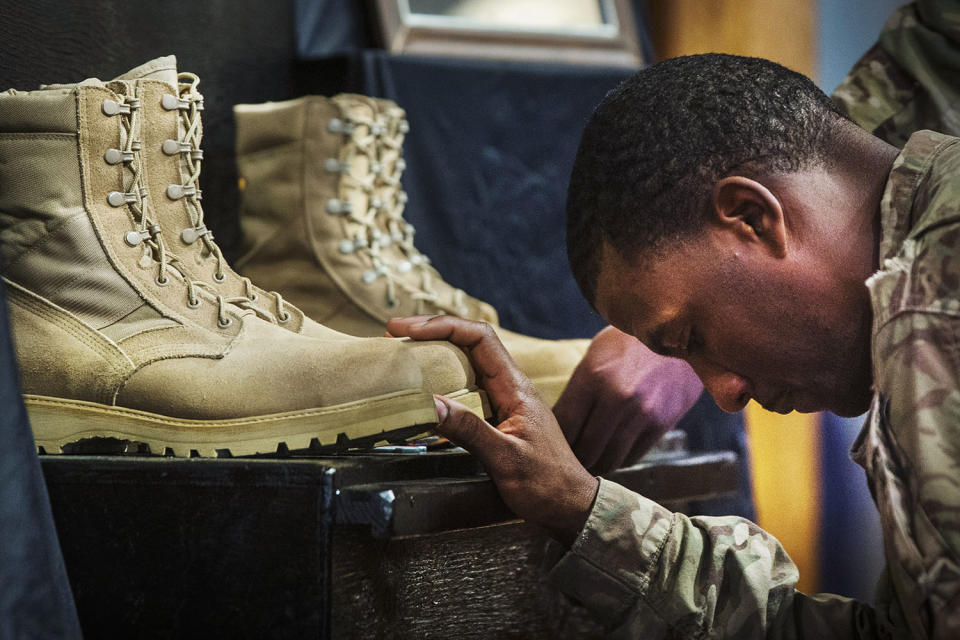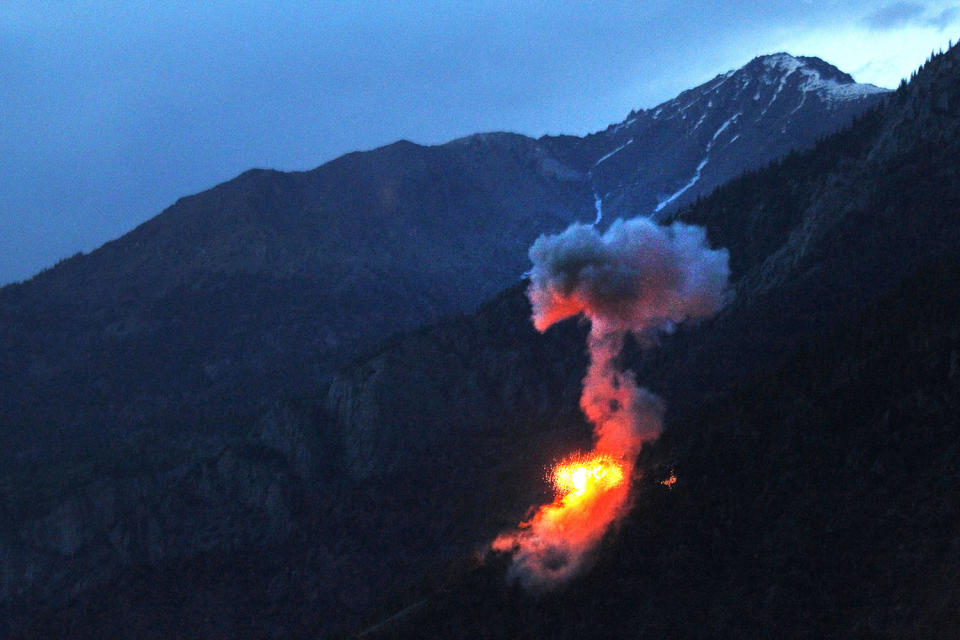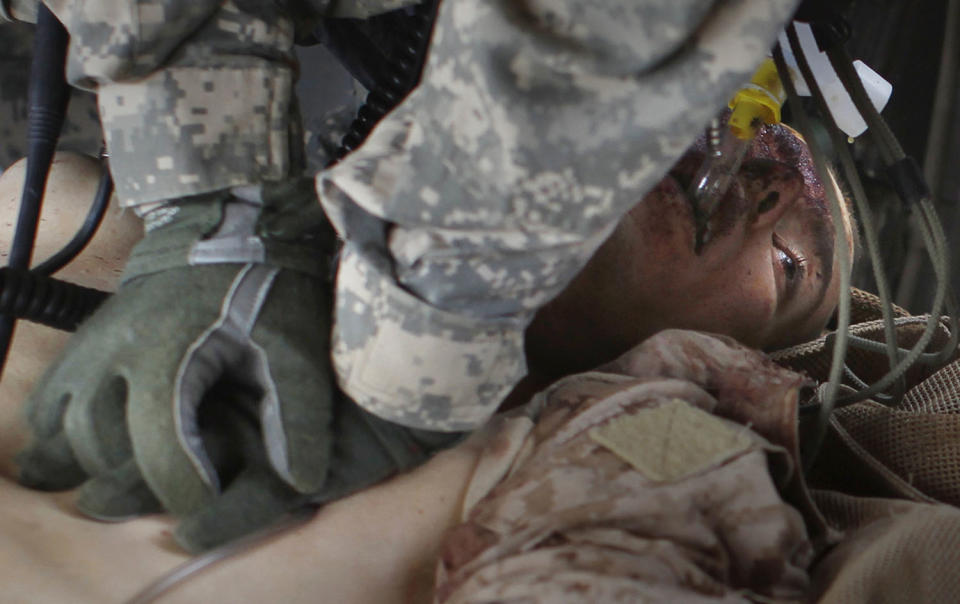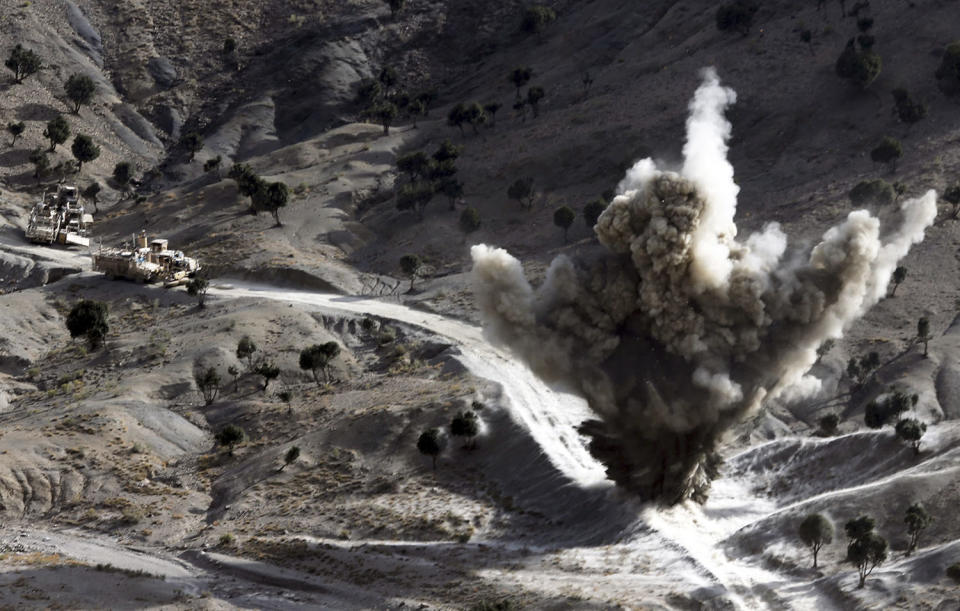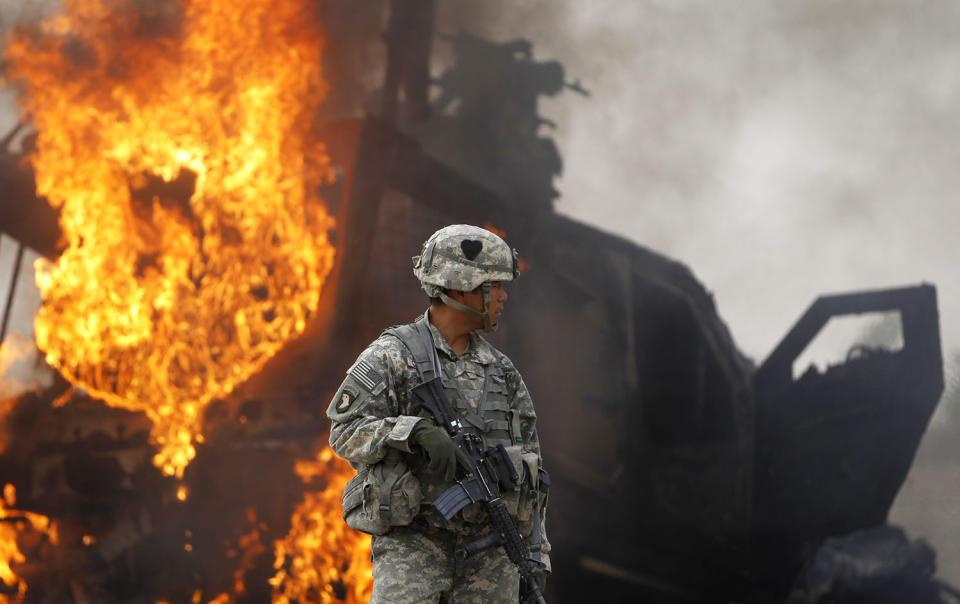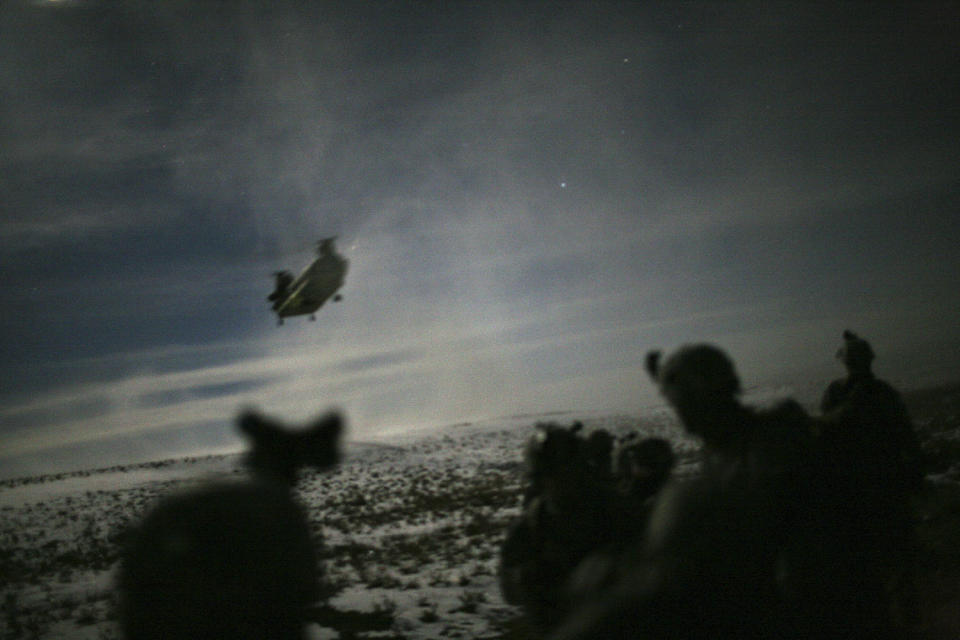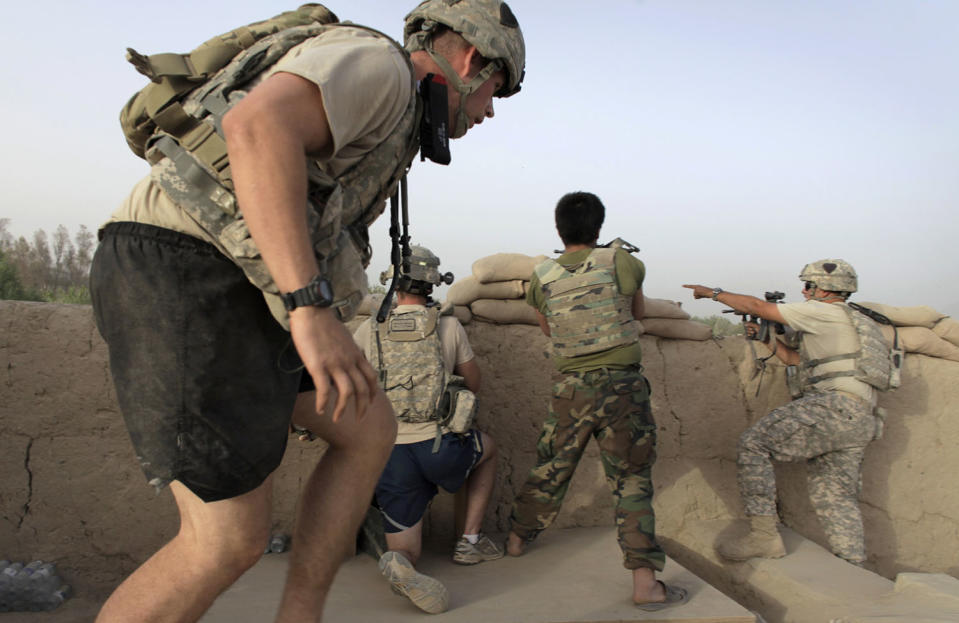Scenes from 16 years of U.S. involvement in Afghanistan
President Donald Trump committed the United States to an open-ended conflict in Afghanistan, reversing course from his campaign pledges and signaling he will send troops to America’s longest war in “a fight to win.”
U.S. officials have said Trump has given Defense Secretary James Mattis the authority to send about 4,000 additional troops to add to the roughly 8,400 already in Afghanistan.
Trump ran for the presidency calling for a swift U.S. withdrawal from Afghanistan and he acknowledged that he was going against his instincts in approving the new campaign plan sought by his military advisers. He now inherits the same challenges as George W. Bush and Barack Obama, including a stubborn Taliban insurgency and a weak, divided government in Kabul. He is laying the groundwork for greater U.S. involvement without a clear end in sight or providing specific benchmarks for success.
The Taliban government was overthrown by U.S.-backed Afghan forces in late 2001 but U.S. forces have been bogged down there ever since. About 2,400 U.S. troops have died in Afghanistan.
Taliban advances are raising the specter of a repeat of 1996, when Islamist militants seized power and provided al Qaeda with a sanctuary in which to plot the Sept. 11, 2011, attacks in New York and Washington. Moreover, the Afghan government is plagued by ethnic and political rifts and corruption and controls less than 60 percent of the country, similar circumstances during the Taliban’s 1996 takeover. (Reuters)
See more news-related photo galleries and follow us on Yahoo News Photo Twitter and Tumblr.

